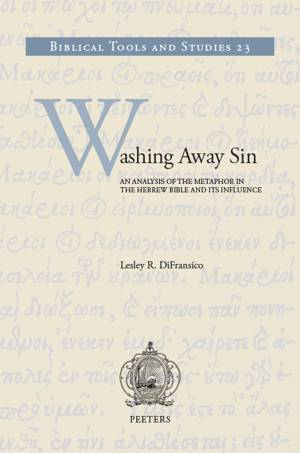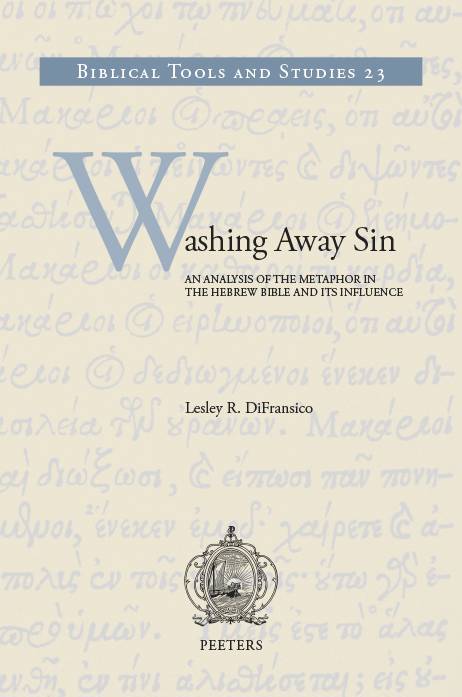
- Retrait gratuit dans votre magasin Club
- 7.000.000 titres dans notre catalogue
- Payer en toute sécurité
- Toujours un magasin près de chez vous
- Retrait gratuit dans votre magasin Club
- 7.000.000 titres dans notre catalogue
- Payer en toute sécurité
- Toujours un magasin près de chez vous
78,00 €
+ 156 points
Description
Washing away sin, though a common religious practice today, is a novel concept in the Hebrew Bible. This study utilizes the Conceptual Metaphor Theory of G. Lakoff and M. Johnson to analyze the striking and unusual metaphorical concept of washing away sin in the Hebrew Bible (Isaiah1; 4; Jeremiah 2; 4; and Psalm 51). In these passages sin is conceptualized as a kind of stain (a bloodstain in Isa 1:15; 4:4; filth in Jer 4:14) or a kind of impurity (Psalm 51) and solving sin is conceptualized through the metaphor of washing. The correlation between the problem and its solution is logical: if sin is understood as a stain then washing is the remedy. The metaphor of washing away sin demonstrates some diversity within the Hebrew Bible and this work traces the various stages of the metaphor's development. Though it occurs as a metaphor, nowhere within the Hebrew Bible is washing, although attested as a purification ritual, applied as an actual practice for responding to the problem of sin. Several centuries later, however, washing away sin is attested as an actual practice by the Qumran sectarians and the New Testament authors. Thus, this study goes beyond an analysis of the biblical metaphor to evaluate how it may have influenced the religious practices of select early Jewish and Christian communities. How did this radical shift from the absence of washing as a viable solution to sin in the Hebrew Bible to its importance in the sectarian community of Qumran and the New Testament communities come about? Here CMT is useful: what is attested as a metaphor in the Hebrew Bible, for example God washes away sin (Isa 4:4) and people wash with soap to remove the 'stain' of sin (Jer 2:22), influenced how communities reading these sacred texts conceptualized sin. When sin is understood as a stain, a concrete entity that can be visualized and acted upon, communities understand washing to be a viable, symbolic pratice in response to sin. Thus, washing, a metaphor within the Hebrew Bible, came to be applied as a practical ritual solution to sin within these communities so inspired and influenced by their sacred texts.
Spécifications
Parties prenantes
- Auteur(s) :
- Editeur:
Contenu
- Nombre de pages :
- 272
- Langue:
- Anglais
- Collection :
- Tome:
- n° 23
Caractéristiques
- EAN:
- 9789042933422
- Date de parution :
- 13-10-16
- Format:
- Livre relié
- Format numérique:
- Genaaid
- Dimensions :
- 168 mm x 246 mm
- Poids :
- 566 g







